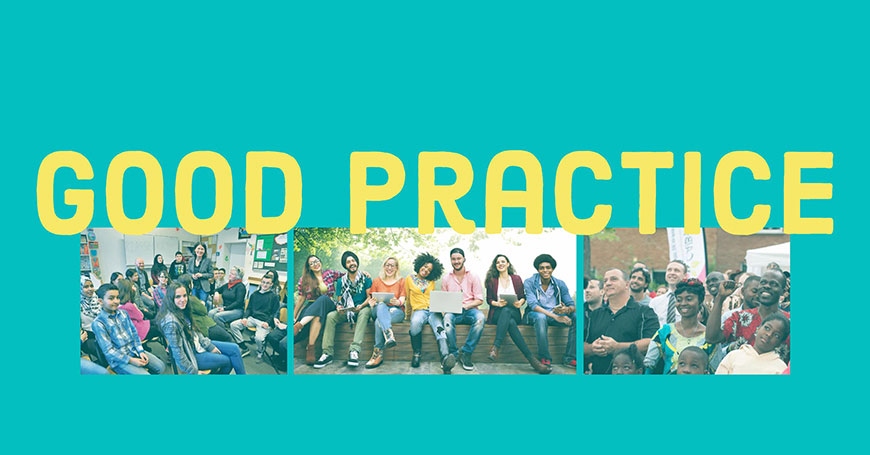Intercultural cities: good practice examples

The first step is the adoption (and implementation) of strategies that facilitate positive intercultural encounters and exchanges, and promote equal and active participation of residents and communities in the development of the city, thus responding to the needs of a diverse population. The Intercultural integration policy model is based on extensive research evidence, on a range of international legal instruments, and on the collective input of the cities member of the Intercultural Cities programme that share their good practice examples on how to better manage diversity, address possible conflicts, and benefit from the diversity advantage.
This section offers examples of intercultural approaches that facilitate the development and implementation of intercultural strategies.
Designing intercultural public space
Purpose: Involving the whole community in shaping the future of Lewisham’s open space. Stimulus/Rationale: In 2006-7 the Borough of Lewisham conducted research into public attitudes. Residents...
Mångkulturellt Centre, Fittja
A diversity research and popular dissemination centre with local and international scope The Multicultural Centre is a municipal foundation engaged in research, education and cultural activities....


